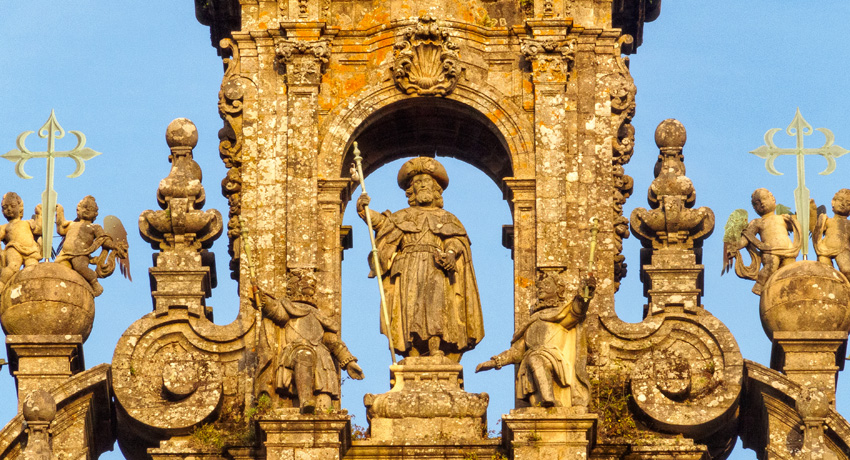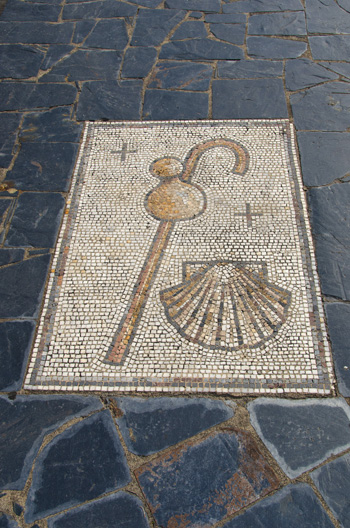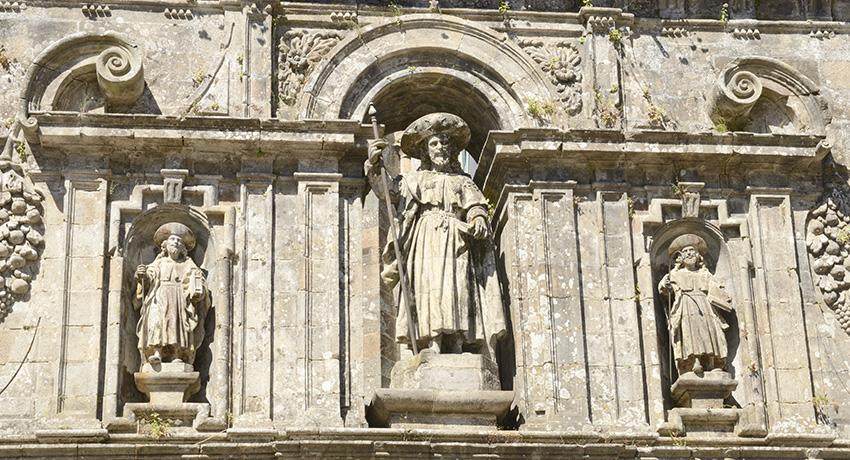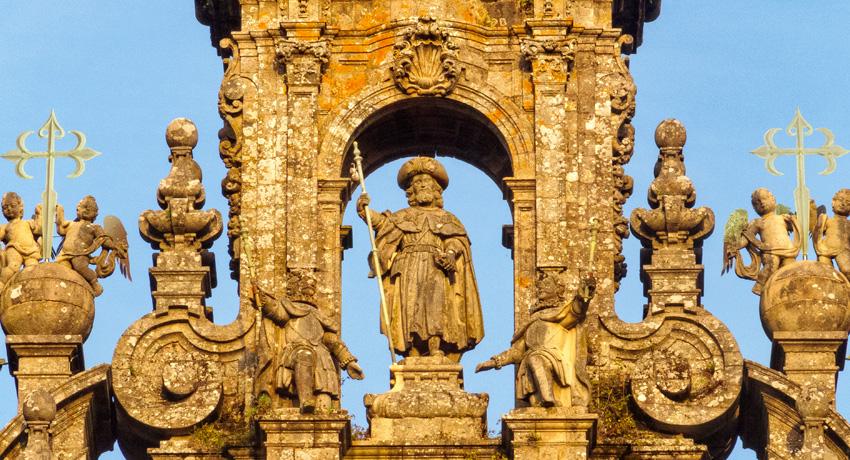The Story of Santiago
St. James, also known as James the Greater or Santiago in Spanish, was one of the twelve apostles chosen by Jesus Christ. He is often depicted as a fiery character, assertive, upfront, and honest.
James was born in the village of Bethsaida in Galilee, in what is now modern-day Israel. He was the son of Zebedee and Salome and the brother of the apostle John. Both James and John were fishermen by trade.
James, along with his brother John, was called by Jesus to become one of His apostles. They left their fishing nets and followed Jesus, becoming part of His inner circle of disciples.
Going on from there, he saw two other brothers, James son of Zebedee and his brother John. They were in a boat with their father Zebedee, preparing their nets. Jesus called them, and immediately they left the boat and their father and followed him. Matthew 4:21-22
James was known for his zeal and enthusiasm in serving Jesus. Along with Peter and John, he witnessed significant events in Jesus’ ministry, such as the Transfiguration and the raising of Jairus’ daughter. He was also one of the few apostles present during Jesus’ agony in the Garden of Gethsemane.
After six days Jesus took Peter, James, and John with him and led them up a high mountain, where they were all alone. There he was transfigured before them. His clothes became dazzling white, whiter than anyone in the world could bleach them. Mark 9:2-3

James son of Zebedee and his brother John (to them he gave the name Boanerges, which means ‘sons of thunder’) Mark 3:17
The nickname “sons of thunder” likely refers to the temperament and fervor displayed by James and John. It suggests that they had an ardent and zealous disposition, prone to passion and intensity in their beliefs. This nickname serves as a reminder of their strong personalities and the need for them to channel their energy and devotion in a manner aligned with Jesus’ teachings of love, forgiveness, and humility.
After the death of Jesus and the early days of the Christian community in Jerusalem, St. James traveled to the Iberian Peninsula (modern-day Spain). While preaching in Zaragoza, he encountered difficulties and faced little success in converting the locals from their Roman pagan traditions. In discouragement, he prayed by the banks of the Ebro River and encountered an apparition. The Virgin Mary, who was still alive at the time and living in Jerusalem, miraculously appeared to him on a pillar of marble.
Mary encouraged and reassured St. James, providing him with a wooden statue of herself and a pillar as a sign of her presence and support. She instructed him to build a church on the spot where the apparition occurred, which is believed to be the location of the Basilica of Our Lady of the Pillar, also known as the Zaragoza Cathedral-Basilica.
James’ martyrdom is a significant part of his story. According to early Christian tradition, James preached in Spain and then returned to Jerusalem. Around 44 AD, King Herod Agrippa I initiated a persecution against the early Christians, and James was one of the victims. He was beheaded, becoming the first apostle to be martyred.
About that time Herod the king laid violent hands on some who belonged to the church. He killed James the brother of John with the sword”. Acts 12:1-2
Legends surrounding James’ martyrdom and burial emerged in the centuries that followed. According to one tradition, his disciples carried his body back to Spain, where it was buried in what is now Santiago de Compostela. Another tradition says that after his execution, the disciples of St. James placed his body in a stone boat and set it adrift in the Mediterranean Sea. Angels then guided the boat to the shores of Galicia in Northwestern Spain, where he was later buried in the province’s capital (Santiago de Compostela).
In the 9th century, Pelayo, a hermit who lived in the region of Galicia, was praying when he saw a bright light shining down from the sky. Intrigued by the light, he followed its path until he arrived at a field.
There, Pelayo discovered a hidden tomb, in which he found the remains of a beheaded man, whom he believed to be the apostle St. James. Recognizing the significance of the discovery, Pelayo reported his findings to the local bishop, Theodomir. Accompanied by Pelayo, Theodomir went to the site to verify the claim. Upon seeing the tomb and the remains, the bishop proclaimed the discovery to be the burial place of St. James. The news quickly spread, drawing pilgrims from far and wide to pay homage to the apostle.
The city name, Santiago de Compostela, then holds significant importance. The word “Santiago” is derived from the Latin name “Jacobus” which translates to “James” in English. “De Compostela” indicates the geographical location and context of the city. It comes from the Latin term “Campus Stellae”, meaning “Field of Stars”. The term likely refers to a tradition that a bright guiding star appeared over the field where St. James’ tomb was discovered.
St. James became the patron saint of Spain and his symbol is the scallop shell, which is associated with pilgrims on the Camino de Santiago. He is often depicted as a pilgrim with a staff, a gourd, and a scallop shell.

The life of St. James embodies dedication to Christ, missionary zeal, and the spirit of pilgrimage. His legacy is celebrated by millions of pilgrims who undertake the Camino de Santiago each year, seeking spiritual growth and connection with the apostle and his teachings.


